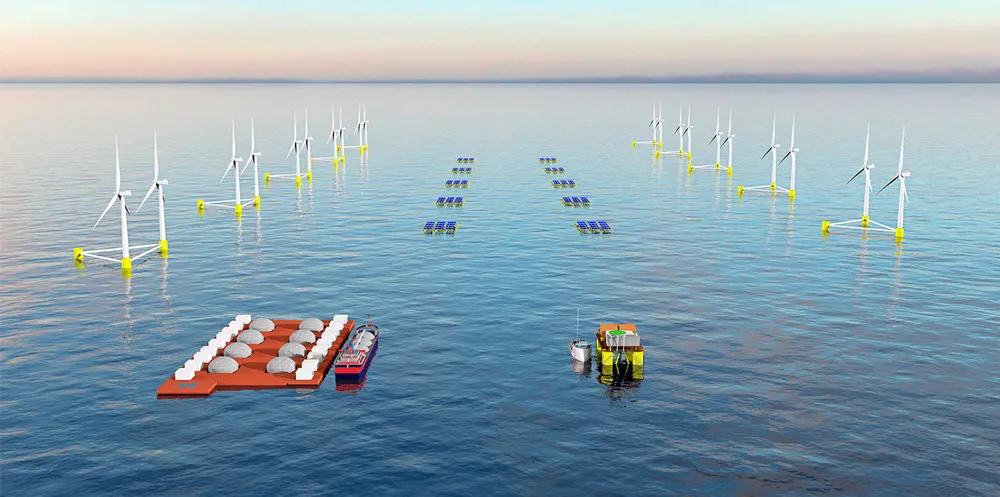Acciona leads plan to build 'world's first floating wind-and-solar hydrogen complex'
Spanish developer kicks off government-funded project being developed around Hexicon's twin-turbine design wired together with open-sea PV

Spanish developer kicks off government-funded project being developed around Hexicon's twin-turbine design wired together with open-sea PV
